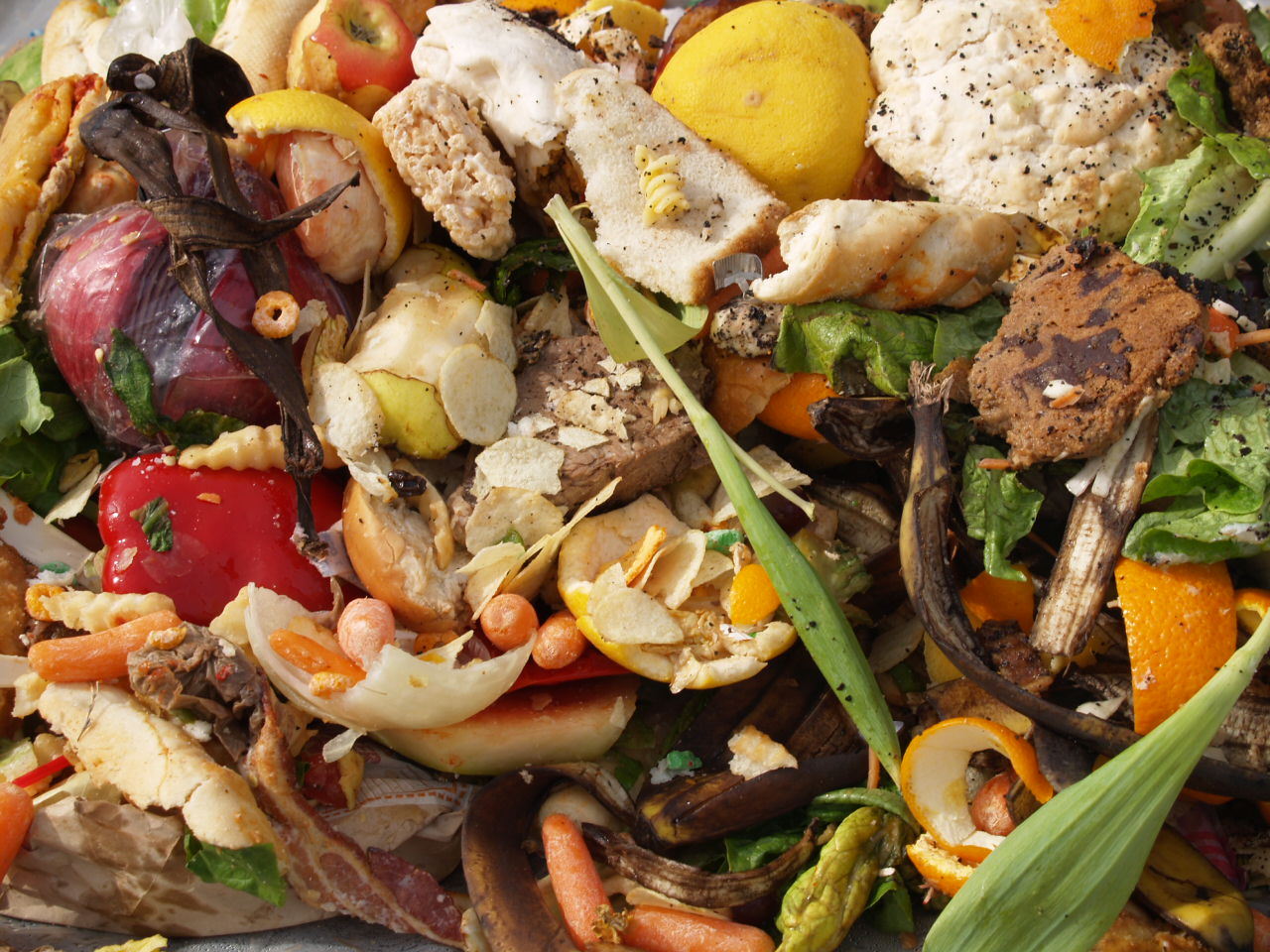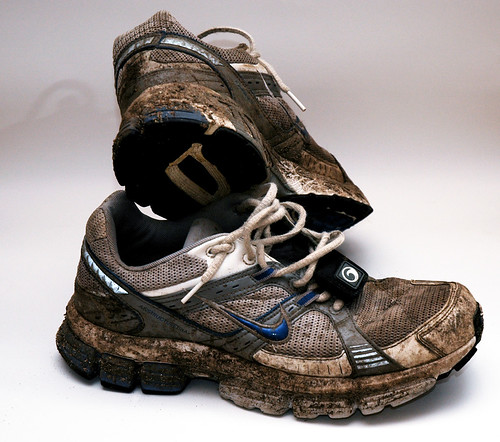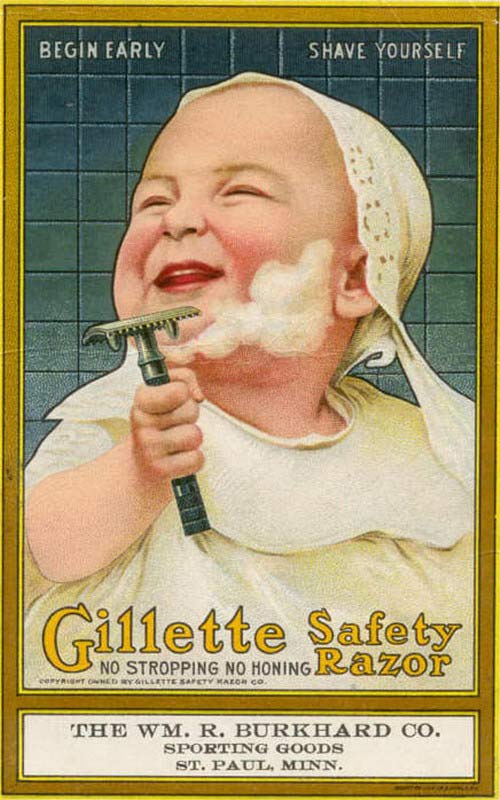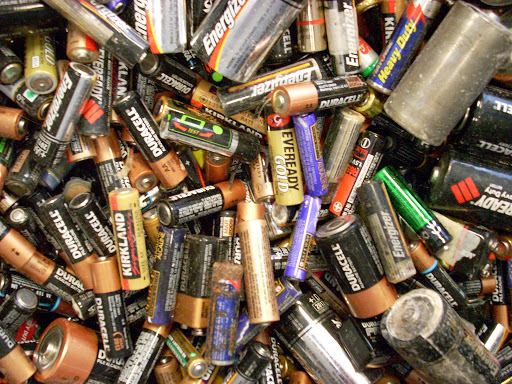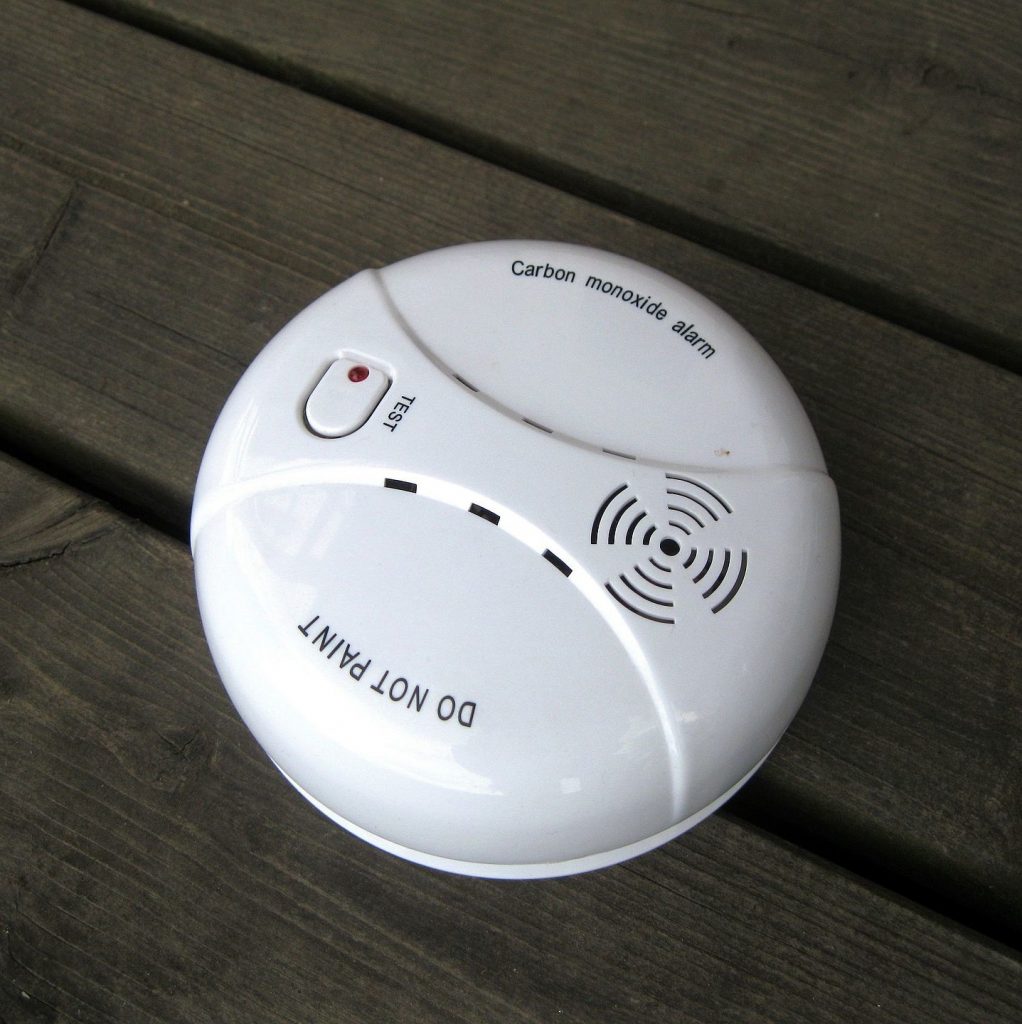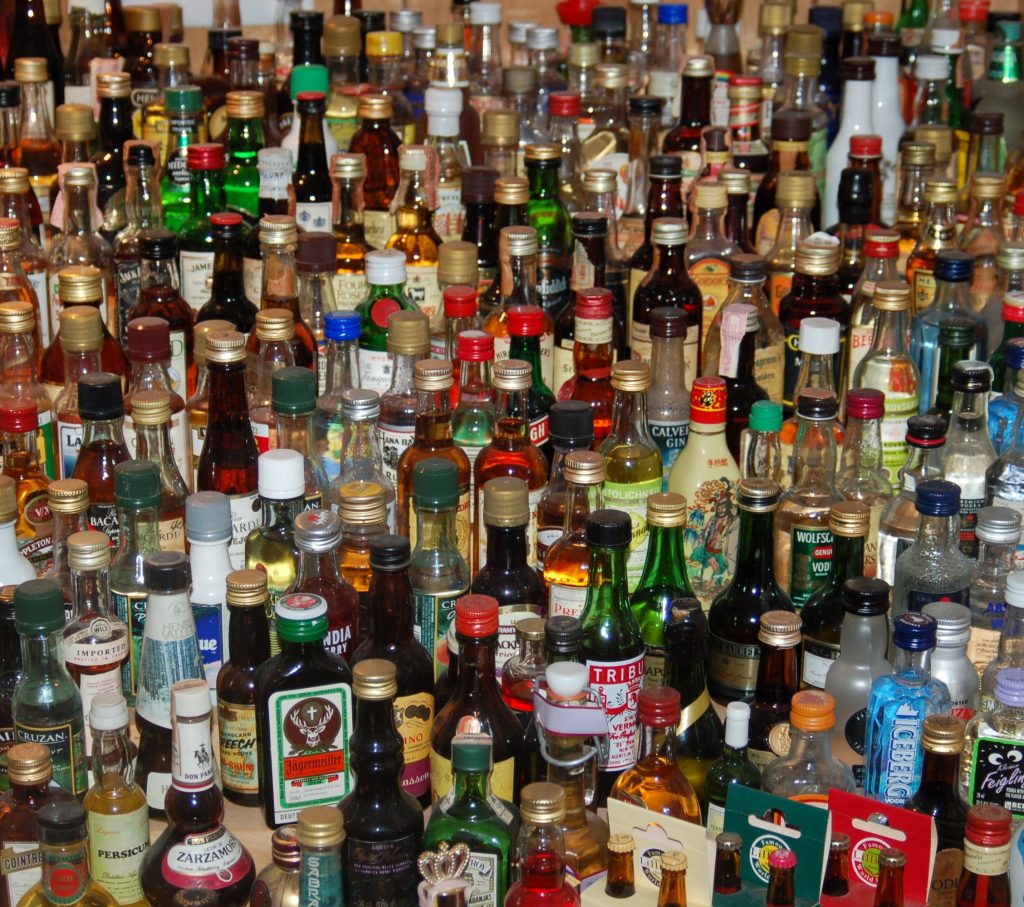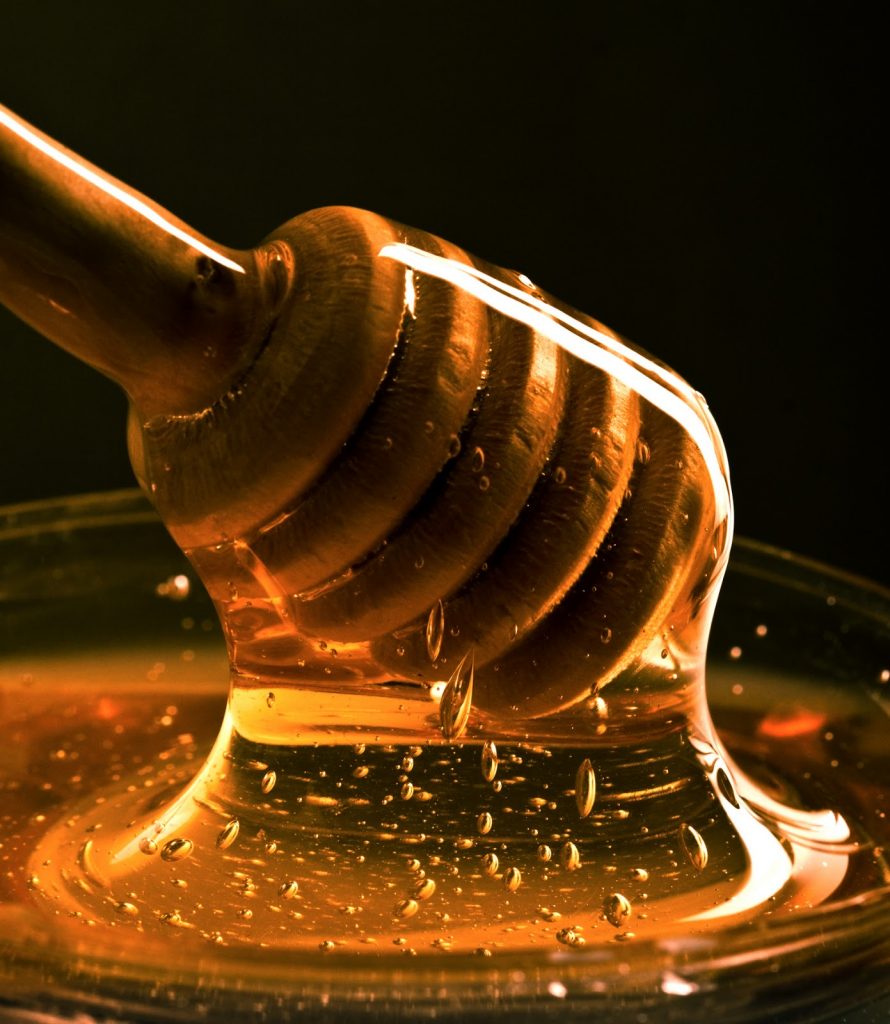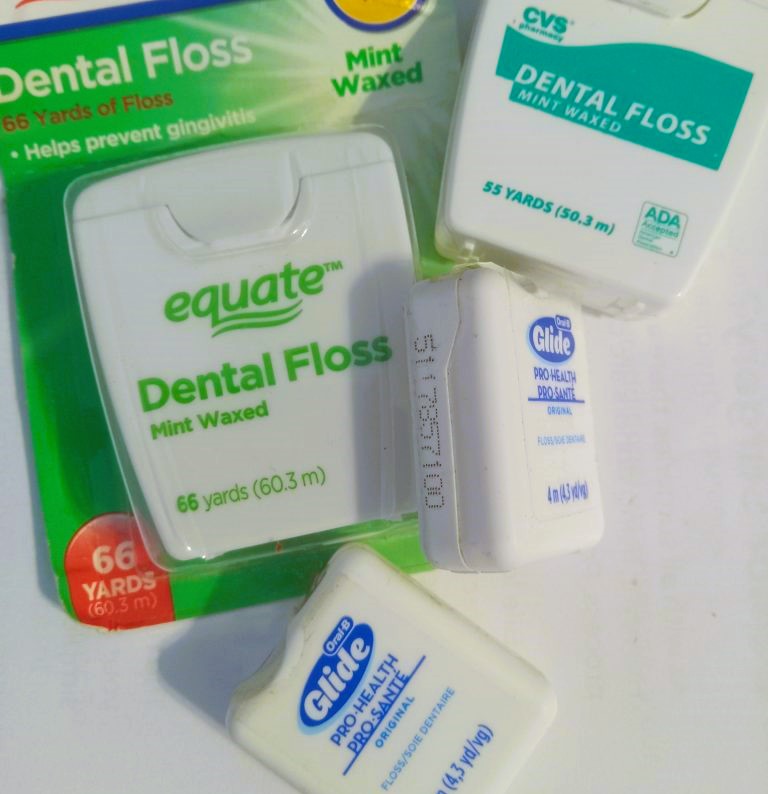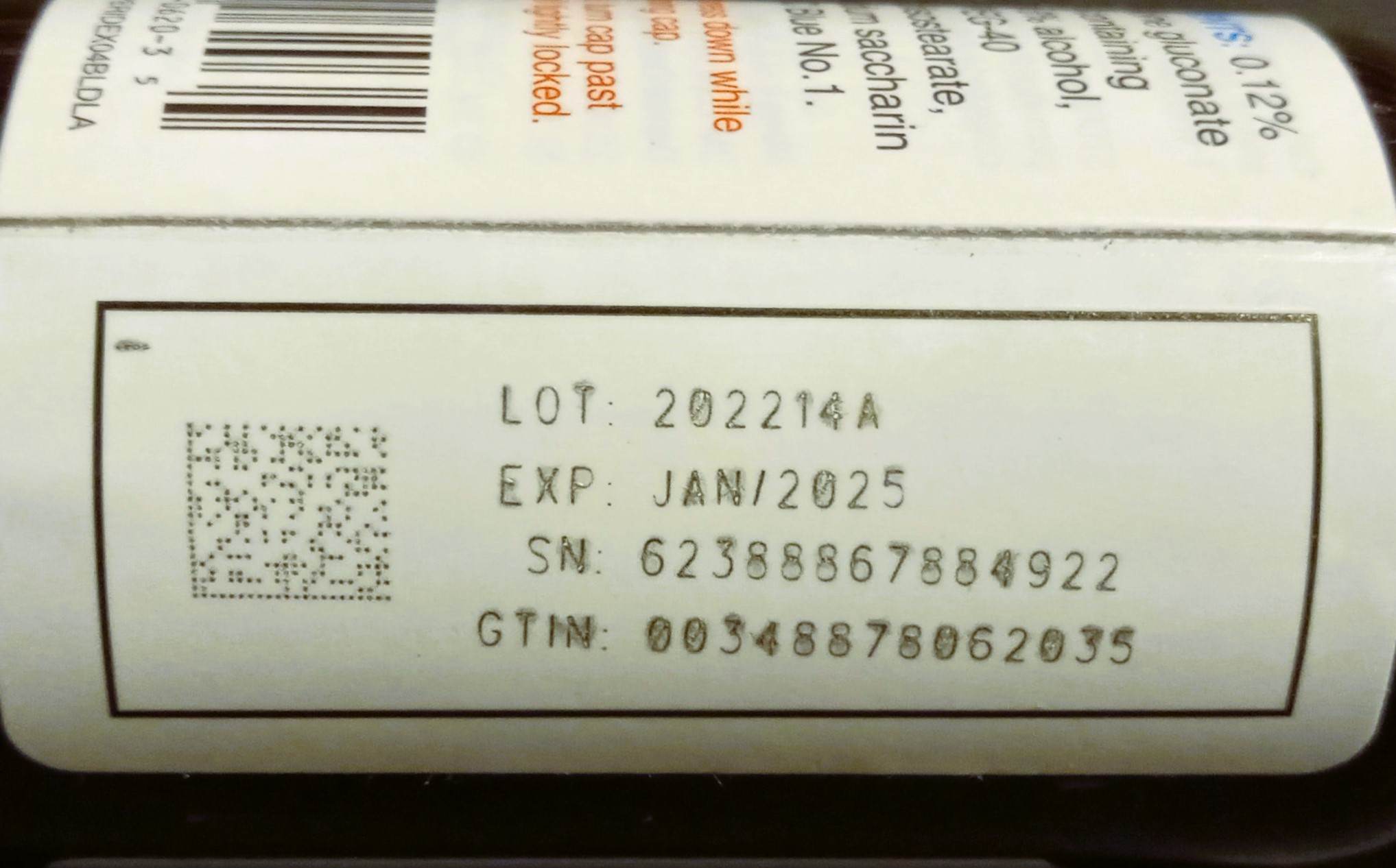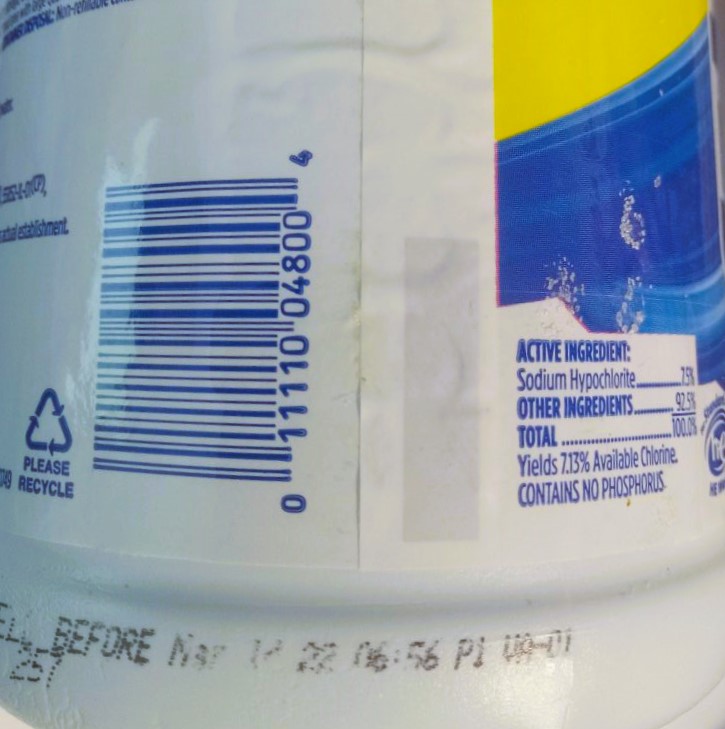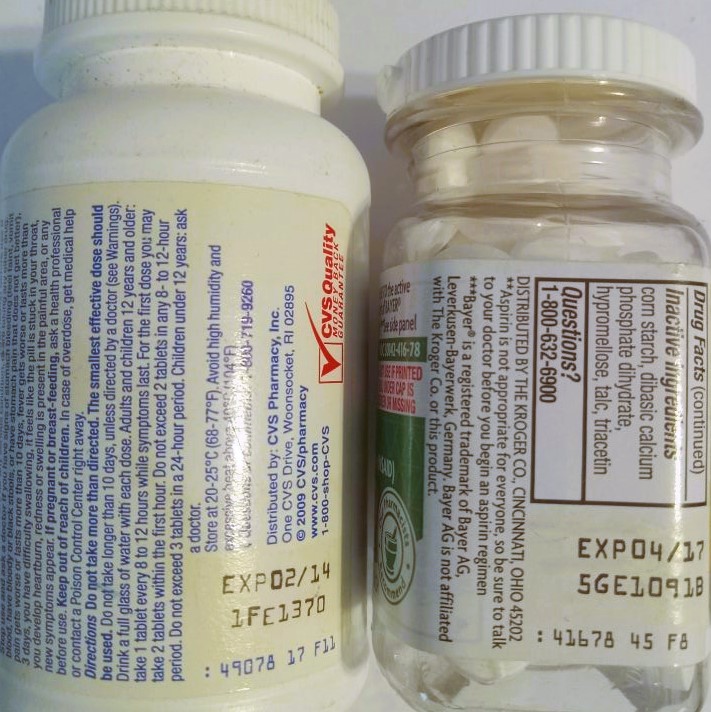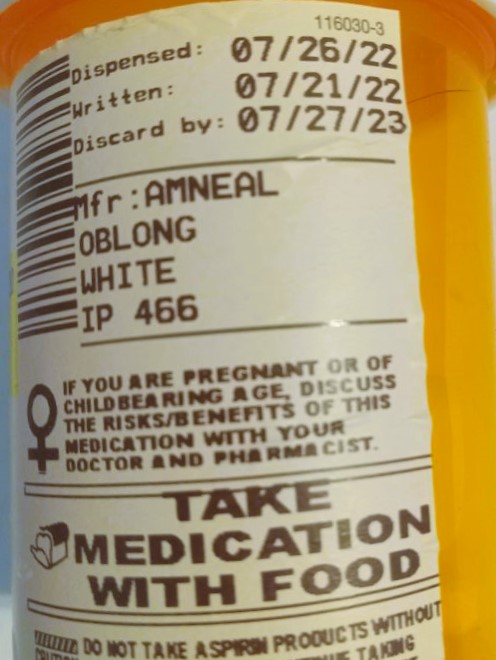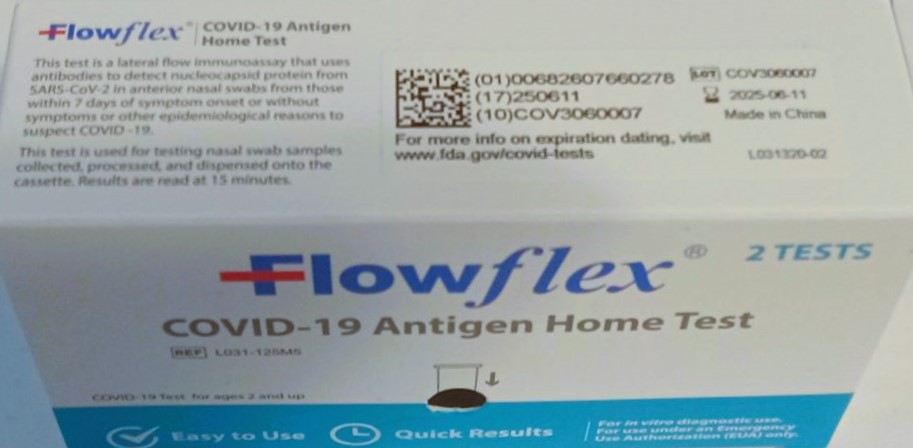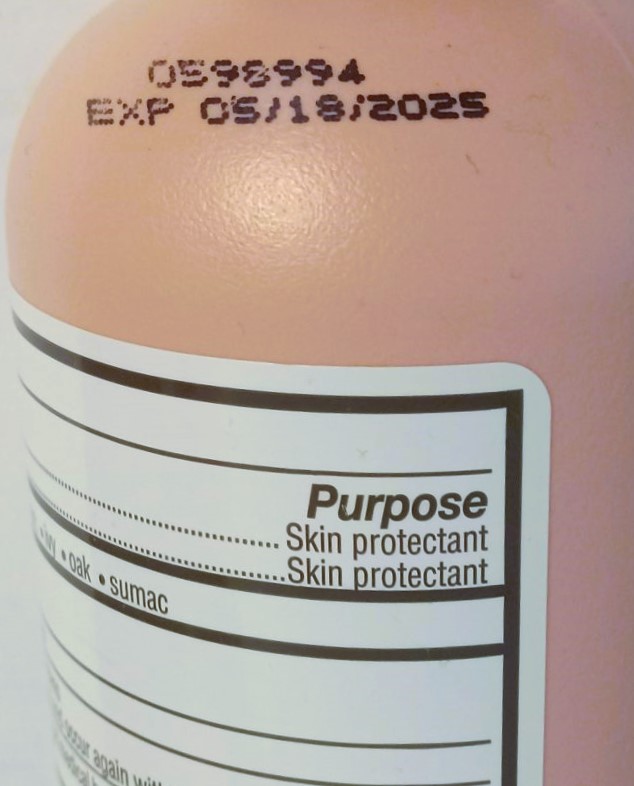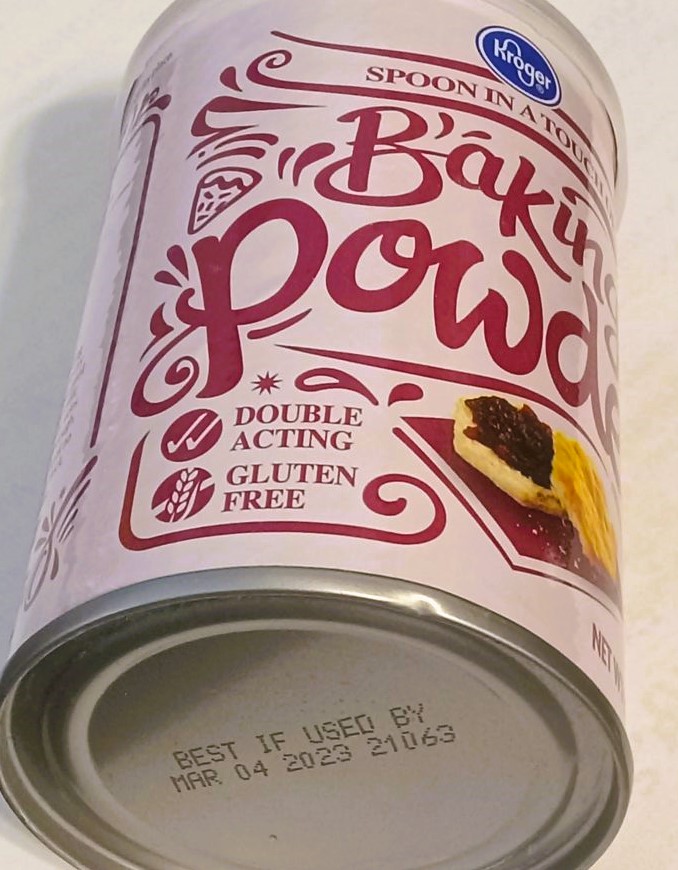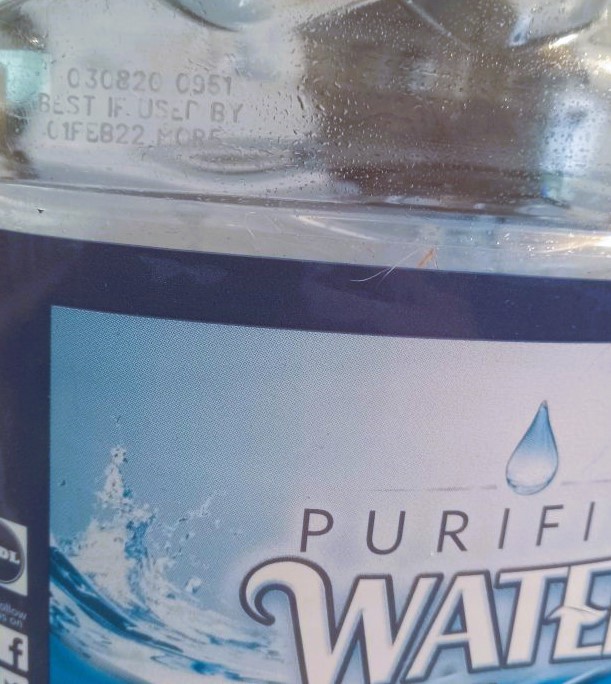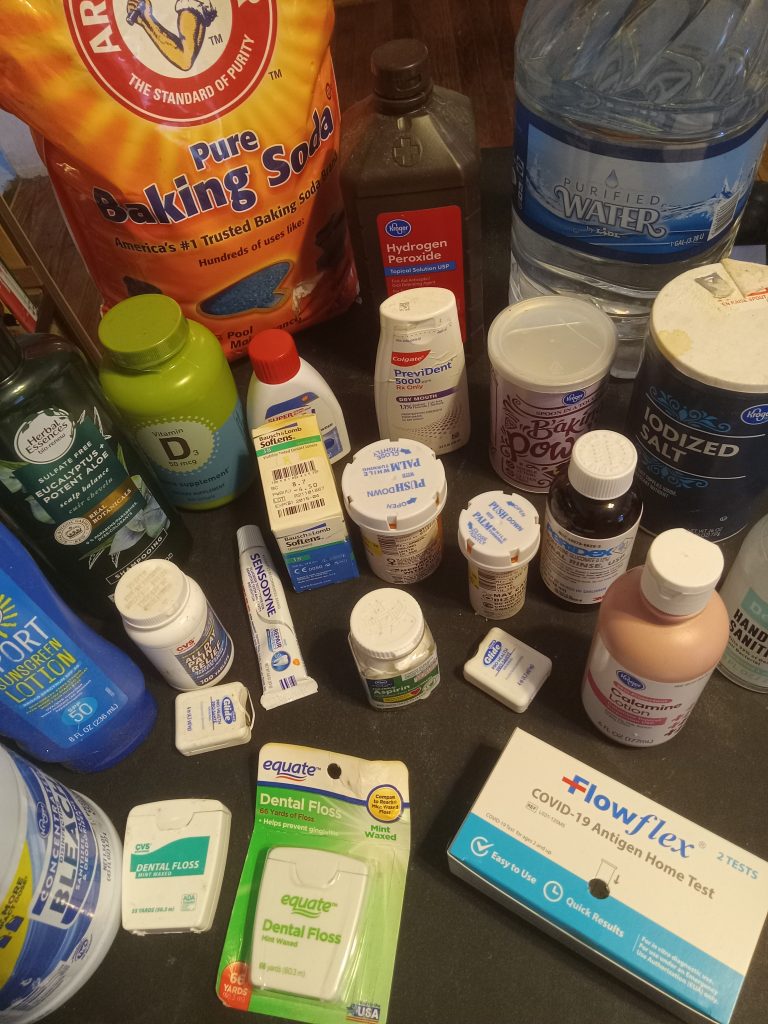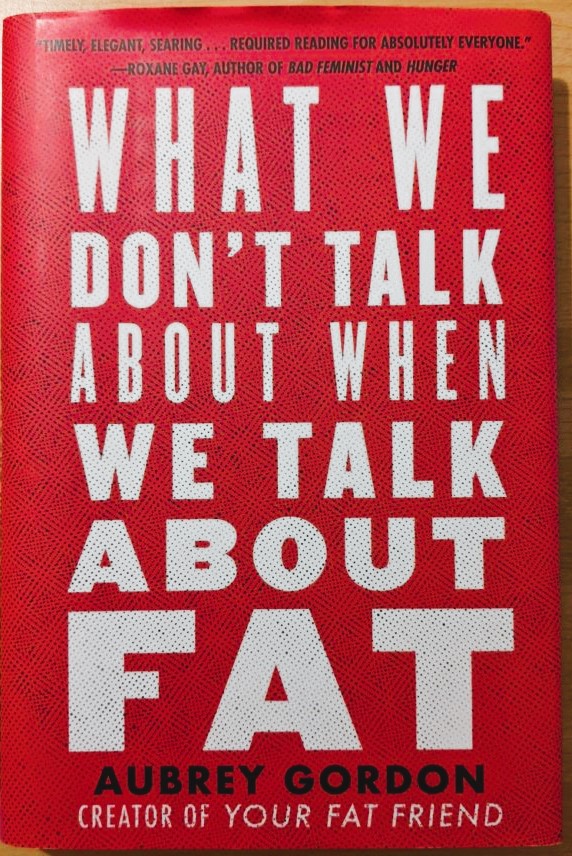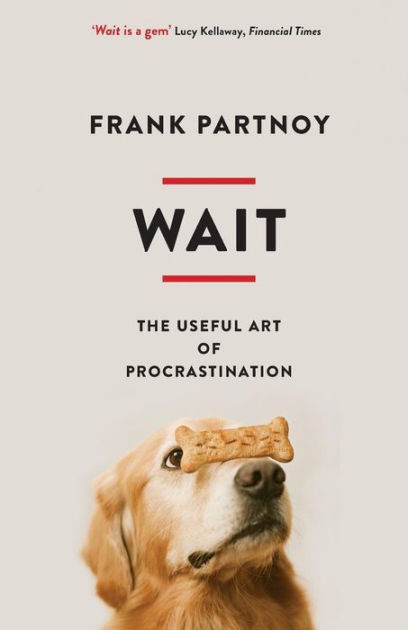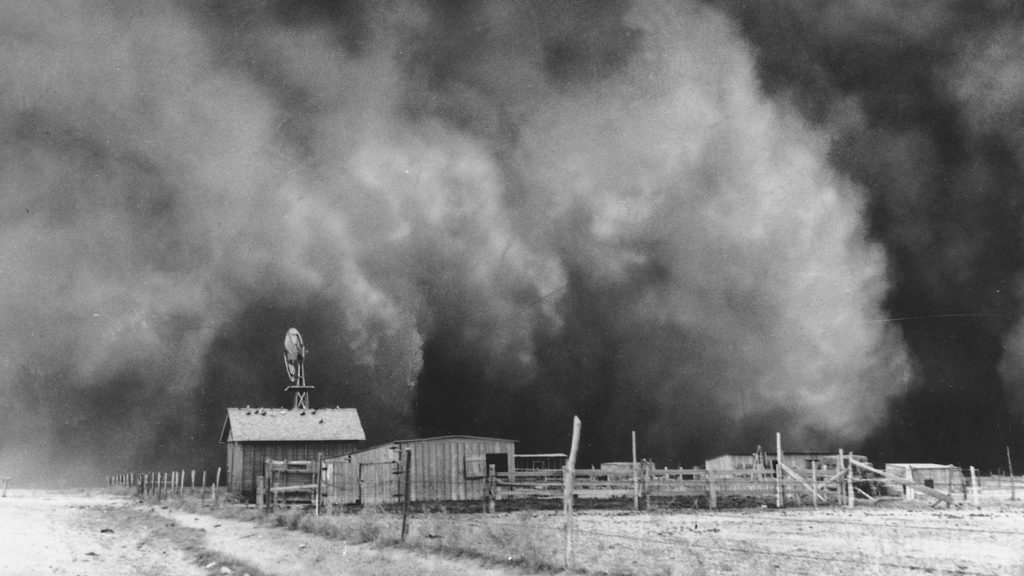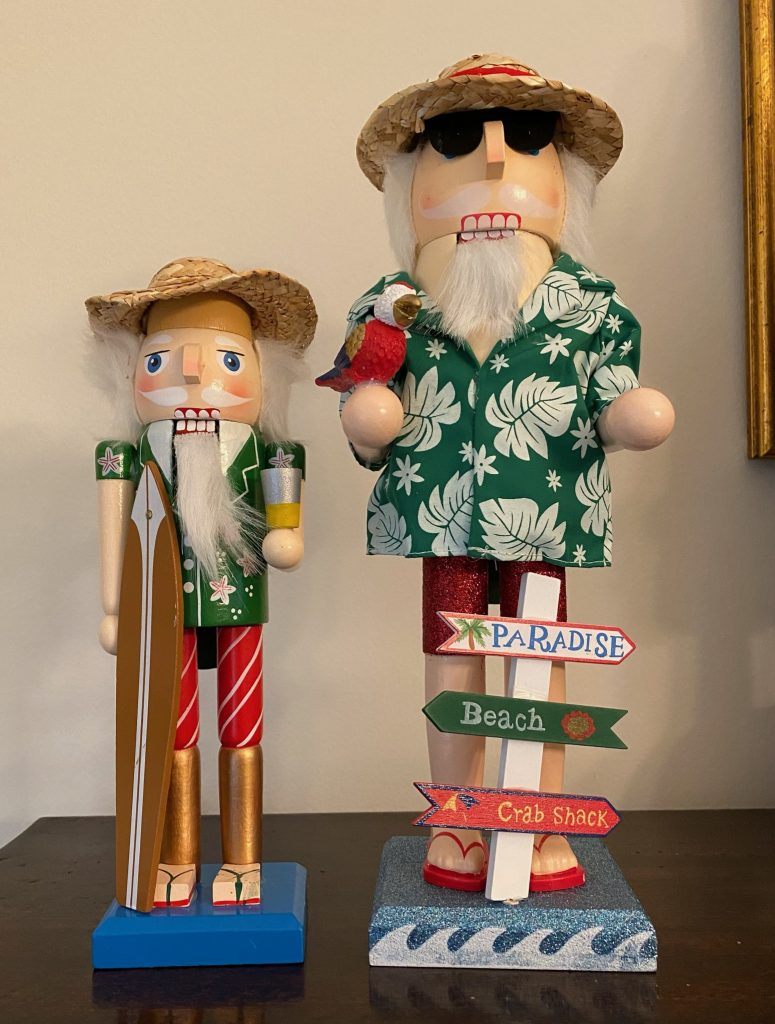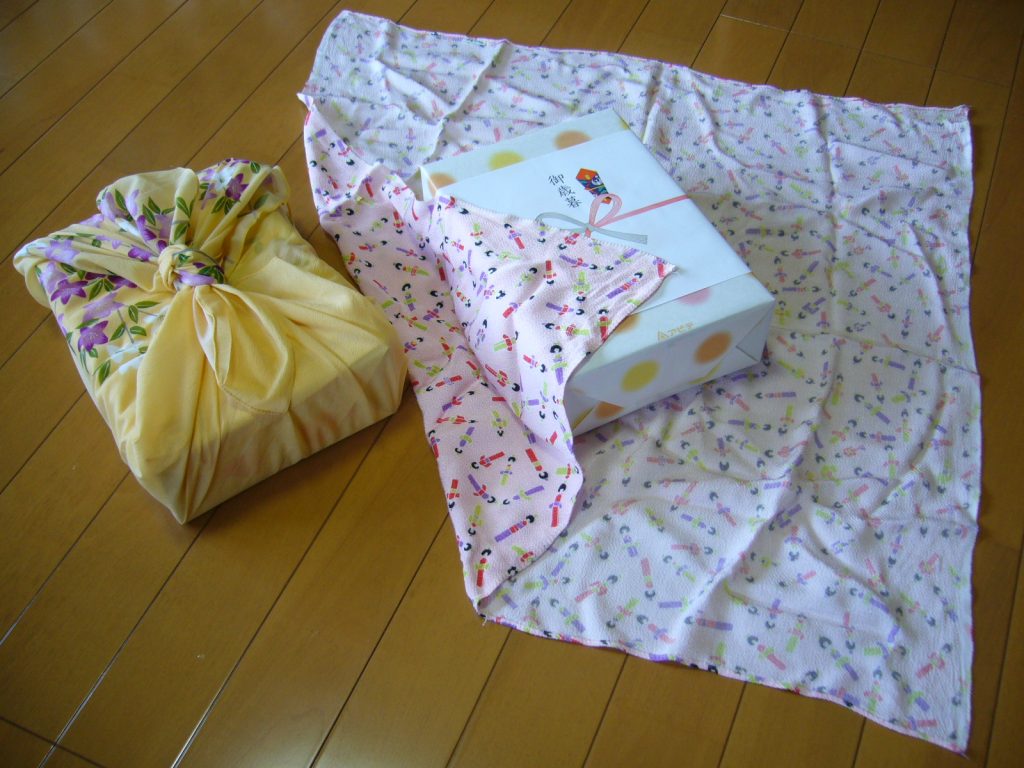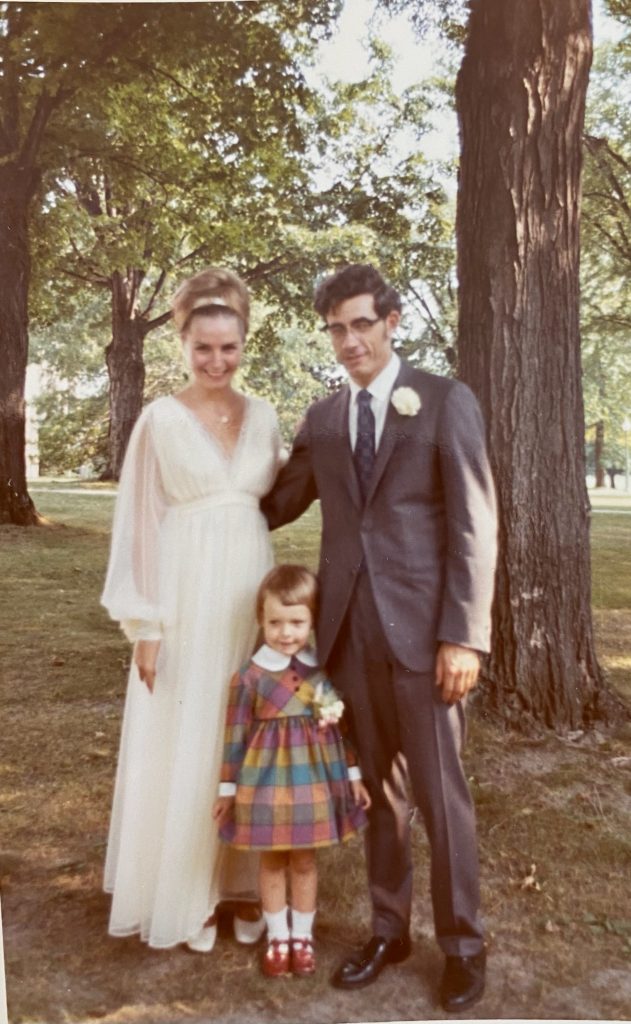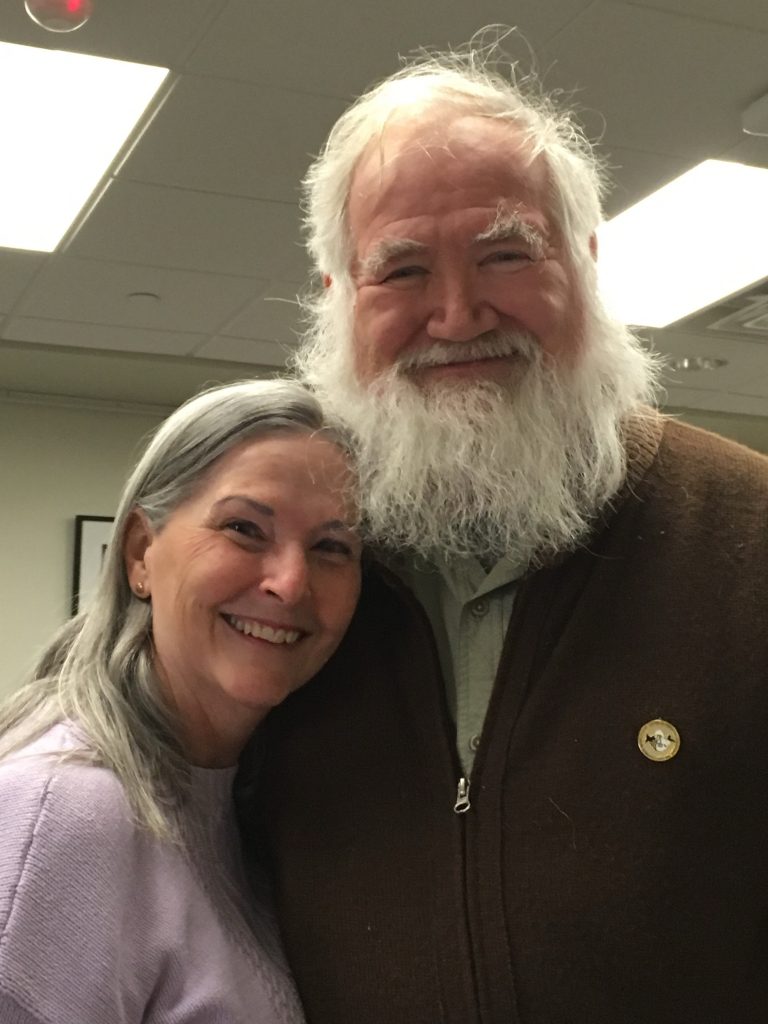The United States has no standardized system for food dating, and only 20 states actually require perishable foods have dates on them. Manufacturers put dates on products for their own benefit, not
yours. But how do you know if something is actually too old to be beneficial?
Last week I blogged about expiration dates. In my opinion, the ones that really matter are medicines, cleaning products, and safety gear, such as infant/child carseats, and kevlar vests—anything we count on for health and safety.
But even things without an expiration date can be too old. How are you to know?
Shoes
Running shoes can start to lose their cushioning after about 250 miles of running, which means more stress on your joints. Most walking shoes start to break down after 350 to 500 miles.
Shoes for housework, hanging around, gardening, running errands, etc. vary wildly by design and materials. Very fancy, formal shoes may fall apart after one outing. Cheap sandals might keep going for years.
Advice: For hard runners, get new shoes every 200 to 300 miles. For less strenuous runners, replace workout shoes every six months to a year. Walkers or occasional joggers, pay attention to the feel of your shoes. The wear pattern on the tread of your shoes can be a very good indicator of how much life your shoes have left.
Power Strips
Cheap power strips or ones that have been overworked can be a fire hazard, and use a lot of energy. Only buy surge protectors and power strips with an OSHA rating. But even good-quality surge protectors are designed to last for a certain amount of joules (the amount of excess electrical surges they absorb). They typically do not come with an expiration date, but the product warranty is a good way to gauge how old they are.
Signs of age: If they start to get discolored or hot to the touch, get a new one. It’s generally a good idea to replace them every couple of years just to be safe.
Razors
Disposable razors are supposed to be thrown away. But how often? To prevent bacteria buildup and razor burn, you could toss your razors every week, or every three to four shaves.
Alternatively: Don’t cut yourself shaving and get a new razor when the blade begins to drag, requiring several passes to get smooth. Make sure to let it dry between uses.
Fire Extinguishers
Most fire extinguishers don’t expire for five to 15 years, depending on the type. Make sure to recharge (refill) after any use.
Warning signs: Things like cracks in the hose and low pressure can affect how well they work. Check the pressure in the gauge often.
Batteries
Batteries start to expire as soon as they’re made. The shelf life differs between types and sizes of battery, as well as where they are stored.
Store batteries in a dry, room-temperature location. It does not depend on whether they are used.
Signs: Check the date, and discard when there is any sign of corrosion (the white stuff along seams or ends).
Scrubbing Devices

Sponges and natural loofahs can start to breed bacteria in just a couple of weeks. Plastic mesh loofahs are safe for up to eight weeks.
Suggestion: Rinse and dry all your loofahs after each use. Replace natural loofahs every couple weeks, and mesh ones every other month.
Household Danger Alarms
Smoke and carbon monoxide detectors can stop working after 10 years, even if you replace the batteries. Most have the expiration or manufacture date listed somewhere on them.
Staying safe: If you don’t know the age, it’s safer just to replace them.
Bug Spray
Commercial insect repellent loses effectiveness after about two years from the manufacture date, which should be marked on the bottle. Check the date before you buy to make sure it isn’t already old. Don’t let the bugs bite!
If you make your own insect repellent, the mixture will lose effectiveness at varying times depending on the ingredients.
Advice: Get new spray every couple of years.
Skin Care Products
Most skin care products are safe to use for six months to a year after opening, although maybe a bit less for eye products. Moisturizers in a jar that you use your fingers to apply can become a breeding ground for bacteria in a matter of months. (Wash hands before applying.) Lotions and moisturizers in a tube should be good for a couple of years after opening, and after that will start to dry out and lose effectiveness. Powder makeup can last up to two years before the preservatives in it start to break down. Lipstick that’s exposed to air starts to dry out and change consistency after around two
years.
Signs that a product has degraded:
- If it’s an emulsion (a mixture of oil and water), separation is often one of the first signs that a product has past its prime, according to the Food and Drug Administration.
- Changes in color or texture might signify that a product is no longer effective or safe to use. A good rule to follow before rubbing something on your skin is that if something seems off, don’t use it.
- If products smell badly or differently than they should, that could be a sign that bacteria or contaminants could be lurking inside. According to Dr. Bruce Brod, a dermatologist at the University of Pennsylvania, “That’s a red flag that a product may not be safe.”
Spirits
Unlike wine, which continues to age even in the bottle, unopened liquors will stay good indefinitely. Keep opened and unopened bottles in a cool place.
Signs of age: An opened bottle of liquor will begin to lose its taste and potency after about a year. But unless you’re a connoisseur, you likely won’t notice a big difference until much later.
Food
And then there is food.
Generally speaking, expiration dates have more to do with the food’s overall quality and texture instead of when it is safe or not safe to eat. According to RealSimple, as long as there are no signs of spoilage, you can eat it, but it might not taste as fresh as it once was.
Fresh Foods
Things like milk, cheese, fresh vegetables, and fruit should not be eaten past their prime because they can harbor bacteria that can be dangerous. This is caused by the natural breakdown of organic matter.
You’ll be able to tell that these foods have gone bad based on their appearance and smell.
The common potato and other plants of the nightshade family (like tomatoes and eggplants) contain traces of a toxic chemical called solanine that can be very dangerous and even deadly. The toxin is minimal in raw, unspoiled potatoes, but if sprouted, overexposed to the sun, or stored near other
vegetables that increase spoilage (like onions) for a long period of time, the concentration of this chemical can become harmful. When stored correctly, ripe potatoes should stay good for two to three months. Store potatoes in a cool, dark place.
Solution: Don’t eat green (unripe) or sprouted (overripe) potatoes.
Frozen Foods
Frozen foods do not have the same time limitations for safety as fresh foods.
As Marianne Gravely, Technical Information Specialist, Food Safety and Inspection Service in Health and Safety says, “Food poisoning bacteria does not grow in the freezer, so no matter how long a food is frozen, it is safe to eat. Foods that have been in the freezer for months may be dry, or may not taste as good, but they will be safe to eat.”
Shelf-Stable Foods
Some foods have been treated to last indefinitely without needing refrigeration or freezing. Salted, dried, freeze-dried, or cured foods, like nuts, jerky, or oatmeal can last for years as long as they are in moisture-proof, sealed packaging.
Most canned foods are safe indefinitely as long as the can itself is in good condition (no rust, dents, or swelling).
Packaged foods (cereal, pasta, cookies) will eventually become stale or develop an off flavor.
See FSIS’ Shelf-Stable Food Safety fact sheet for more information. Before eating, check the packaging for signs of damage and the food itself for signs of spoilage or contamination.
Seasonings
Dried herbs and spices usually last for two to three years, but it depends on the kind, how they were dried, and how they are stored. You can find charts of how long different herbs and spices last online.
Signs of age: Taste and smell have faded. When they no longer pass the taste test, get rid of them. In the interim, for dried herbs, you can sometimes boost them by adding finely minced fresh parsley.
Salt by itself doesn’t expire; however, when salt includes iodine it may reduce shelf life. Even so, iodized salt has a shelf life of about five years. Keep your salt free of moisture, perhaps going so far as to repackage it in glass jars.
Sweeteners
Sugar does not have an expiration date. White sugar lasts almost indefinitely if properly stored—though pests can contaminate your sugar and spoil it. Brown sugar may become hard as it loses moisture, but a piece of apple or bread in the container will restore softness.
Honey does not expire. It will last indefinitely! Be sure to buy 100% pure honey in glass. A lot of the honey on the market contains stuff other than honey. Honey found in King Tut’s tomb was still edible after more than 3000 years!
Bonus: Raw honey also has antibacterial properties.
Bottom Line: In most cases, you can be guided by your eyes, nose, tongue, and sense of touch.
